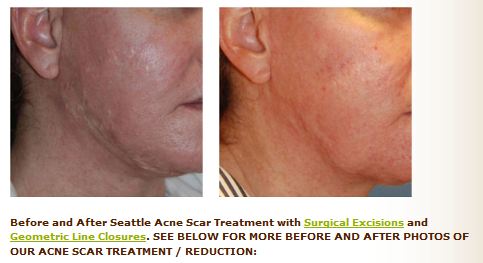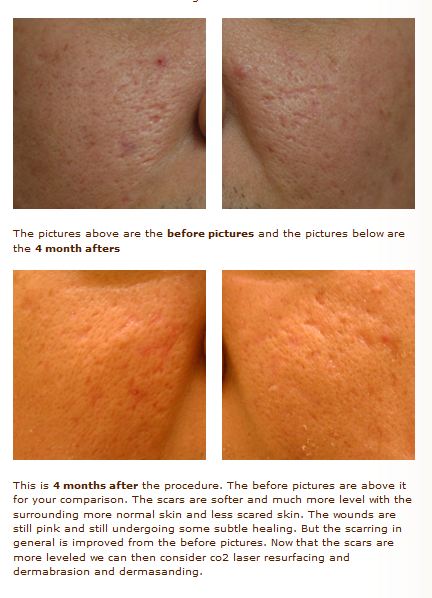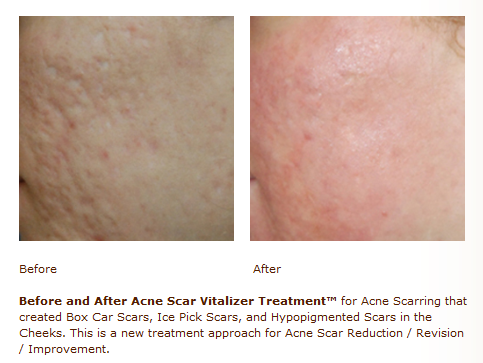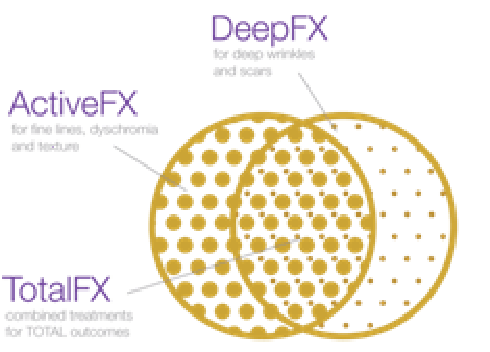Seattle Acne Scar Treatment Webpage Released by Dr. Philip Young: We have made a new webpage on Seattle Acne Scar Treatment on our website www.drphilipyoung.com. We added some new pictures / photos and some links to help people understand a little more about how we are treating scars that were created by Acne. We would also like to explain a little about our thought process when it comes to treating Acne Scars.
Acne is a process that can affect all layers of the skin. The process originates from the hair follicle. The hair follicle depending on the point of the growth cycle that it is in will have a certain length that it goes in the skin. At times, the hair follicle will be very deep and sometimes less deep. The point is that when acne erupts, the process can extend deep into the skin and affect all the layers even the area deep to the skin. When scars form from Acne, they also affect all the layers of the skin. So the scarring is really pervasive. That makes treating acne difficult as well. When it comes to excisions, acne scarred skin is less pliable and it doesn’t stretch as much. This makes for a more difficult time with healing. Better results are harder to achieve. So you want to heal your skin. We believe that you have to prep the skin before you actually do other things like excisions, subcisions, punch grafting, flap reconstructions, and deep chemical peeling. We have a 3-4 step process that we like to do for people. It entails 1. tissue grafting, 2. more invasive work such as excisions, subcisions, deep chemical peeling, punch grafting, flap reconstructions, 3. More refinement, 4. co2 laser resurfacing and dermasanding. Our goals are to heal the skin first, treat the skin with more invasive procedures to get the scarred skin to the same level, repeating the second step until the goals are reached, then refining our results with a polishing technique that entails co2 laser resurfacing and dermasanding.
You can go through our webpages with this in mind to better understand what we are aiming to do. We have topics on depressed white acne scars, box car scars, elevated white acne scars, pock mark acne scars and more.
Thanks for reading
Our team at Aesthetic Facial Plastic Surgery!


